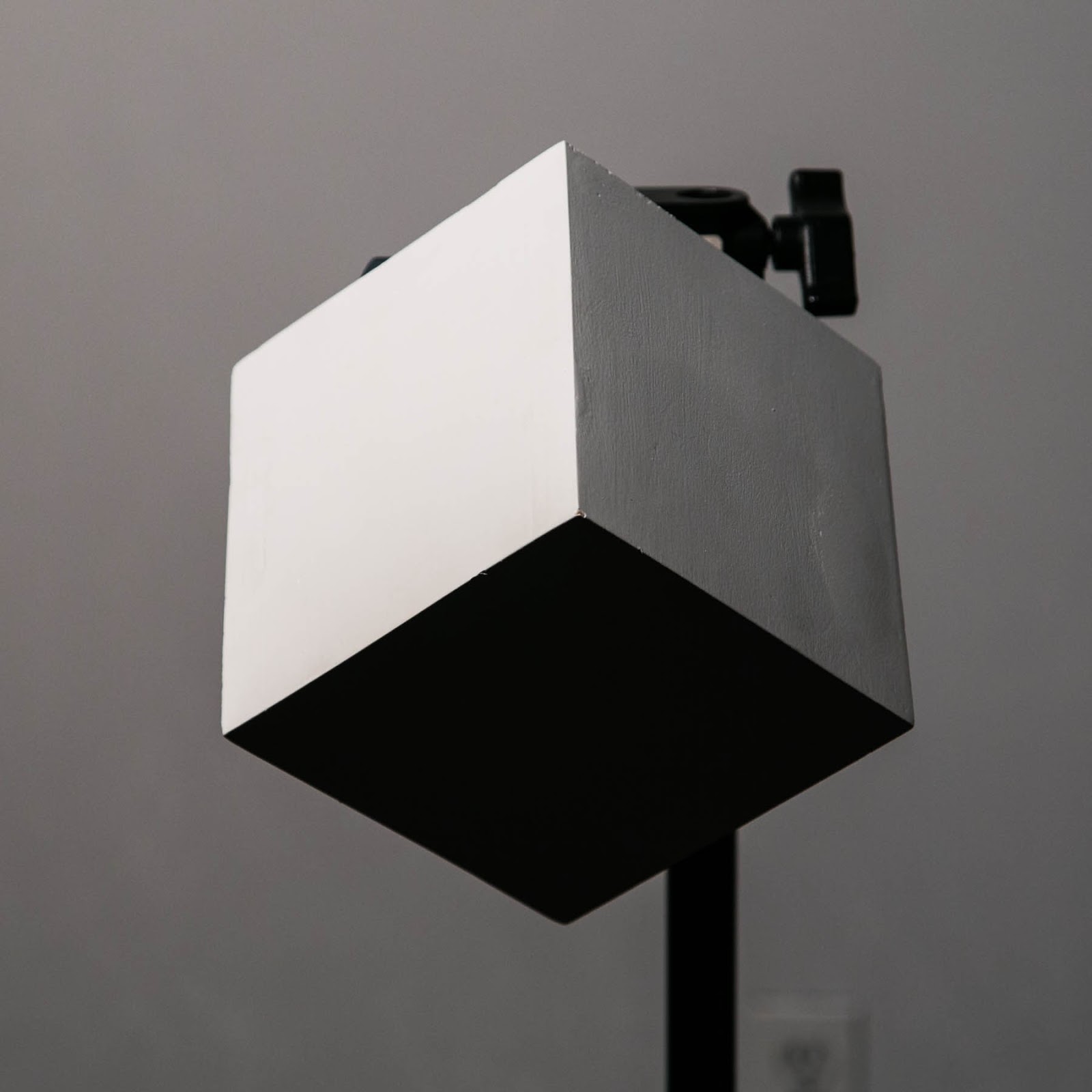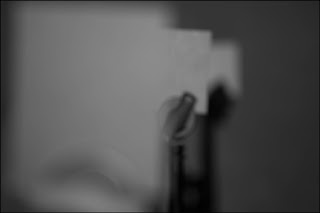Instructor:
Chris Callis
The
Laws of Light and How to Break Them
Fall
2013
Wednesday
10:00am-12:50pm and 3-5:50pm
Location:
SVA MFA Photo Studio
Who should take this
class:
Anyone
interested in learning photographic lighting.
No prior knowledge of lighting is required.
Class Description:
This
course is an opportunity to learn the laws of light and to gain an appreciation
of how important an understanding of light is to a photographer’s process. The
class will begin with an exploration of the physics of light in order to
explain its behavior. The weekly sessions and assignments will teach the
student how to approach every lighting experience with confidence. The purpose is to master these concepts and
to ensure effective application of this knowledge. The ability to problem solve
is a crucial element when faced with challenging lighting situations and
without this understanding it is very difficult to move beyond obvious
limitations. The ultimate goal is to be able to apply these concepts and then
to see all the possibilities.
Assignments:
Each
week there will be a demonstration and a class exercise that will end with a
weekly assignment. There will be a total of thirteen weekly assignments and one
final project.
Each
student will post their weekly assignments on their lighting blog along with a
sketch and brief explanation of their results.
Grading:
A
commitment from the students is expected. Being on time, prepared with homework
and ready to learn are requirements. Active
participation during the demonstrations is also required. The student’s aesthetic approach to lighting along
with the blog presentation are factors in grading.
Schedule:
Lesson 1: Inverse Square Law
Lesson 2: Angle of Incident, Light Travels in a Straight
Line
Lesson 3: One Light Source
Lesson 4: Three Light Source
Lesson 5: One Strobe
Lesson 6: Size Matters
Lesson 7: Strobe and Continuous Light
Lesson 8: Hand Flash
Lesson 9: Outdoor Flash
Lesson
10: Light Painting
Lesson
11: Shiny Metal and Glass
Lesson
12: Night Photography
Lesson
13: Stop Action
Lesson 14: Bring in a lighting problem to solve
Lesson 15: Review final assignment




BSJTKM7B+w~~60_3.jpg)



























